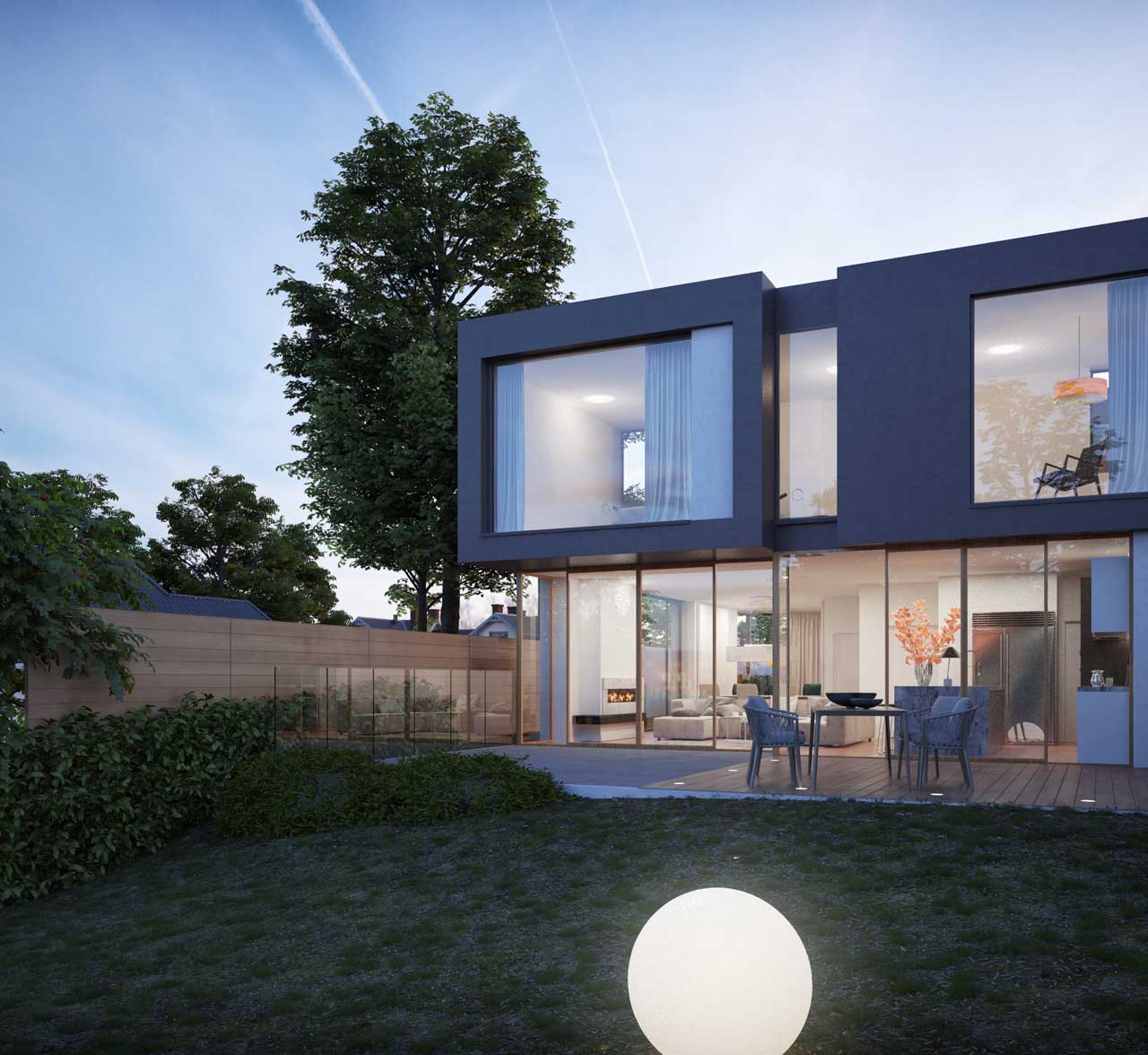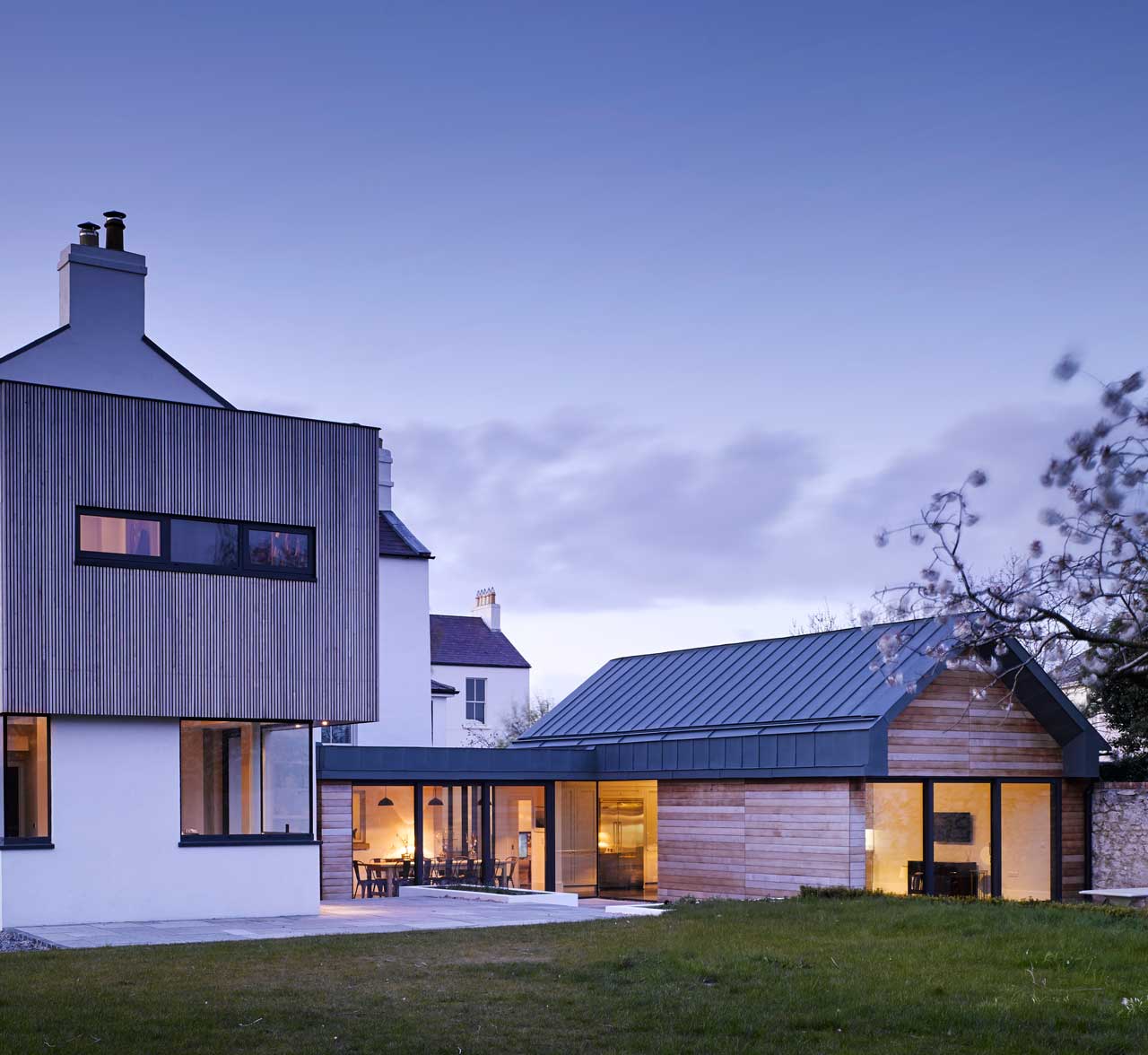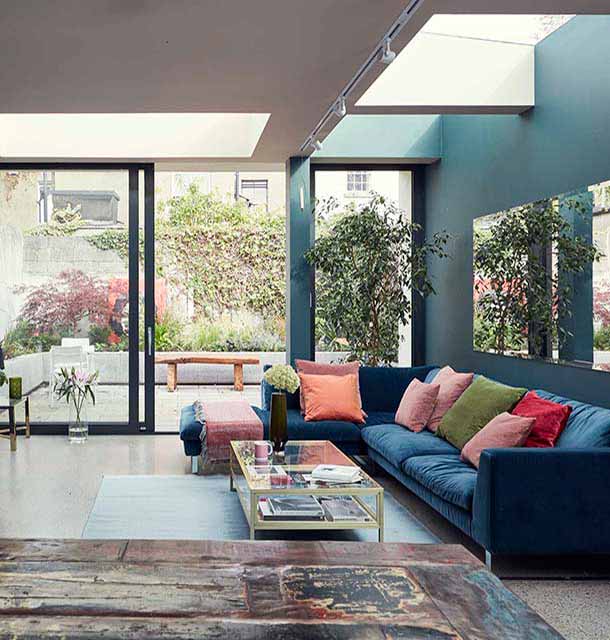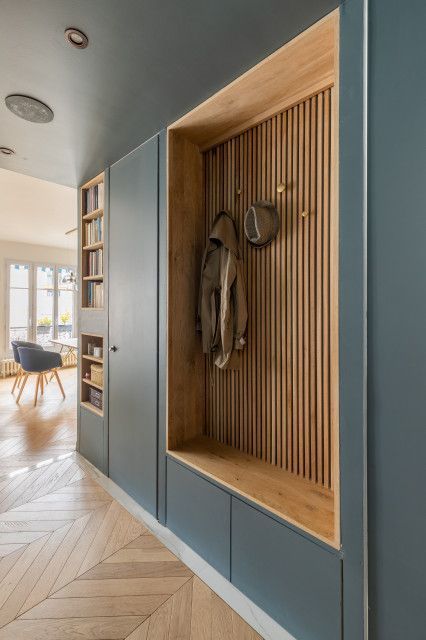Stress release: how drawing can calm nerves
January 3, 2020
It seems as though no matter what we do, stress is a part of our everyday lives. While juggling all the different areas of our day to day existence - family, work, friends, relationships, money - we find ourselves stressed out, so we snap at people, overeat, oversleep and do lots of other things that are just plain bad for us. But there is something simple and inexpensive you can do for 30 minutes every day to help minimize your stress levels and that is… to draw! Don’t believe us? Let’s go over some of the ways drawing and sketching can work for stress relief.
A Matter of the Heart
Studies have proven that the repetitive motions that come with sketching can help soothe and synchronize various parts of your body, like your hands and eyes. This synchronicity leads to what is called the relaxation response, which can cause:
- Decreased blood pressure
- Slower heart rate
- Lower pulse rate
If you’ve ever been extremely stressed, you remember the rushing thoughts, pounding heartbeat, sweaty palms, and the feeling like you can hardly breathe. The relaxation response addresses all of these stress related symptoms, almost like hypnosis.
The Gift of the Present
Being stressed out usually comes from worrying about things we can’t control; either things that have passed or things that lie ahead. We worry so much about these things we feel trapped by the inability to do something to change the things we want to change. A lot of what calms stress is the ability to be in the present and not let the past or the future infringe too much upon your life.
With drawing, you remain focused on the task at hand. We connect with our sense of sight heavily, blocking almost everything else out. We are hyper focused on shading, texture, shape, colour and are able to let go of the things we are worrying about.
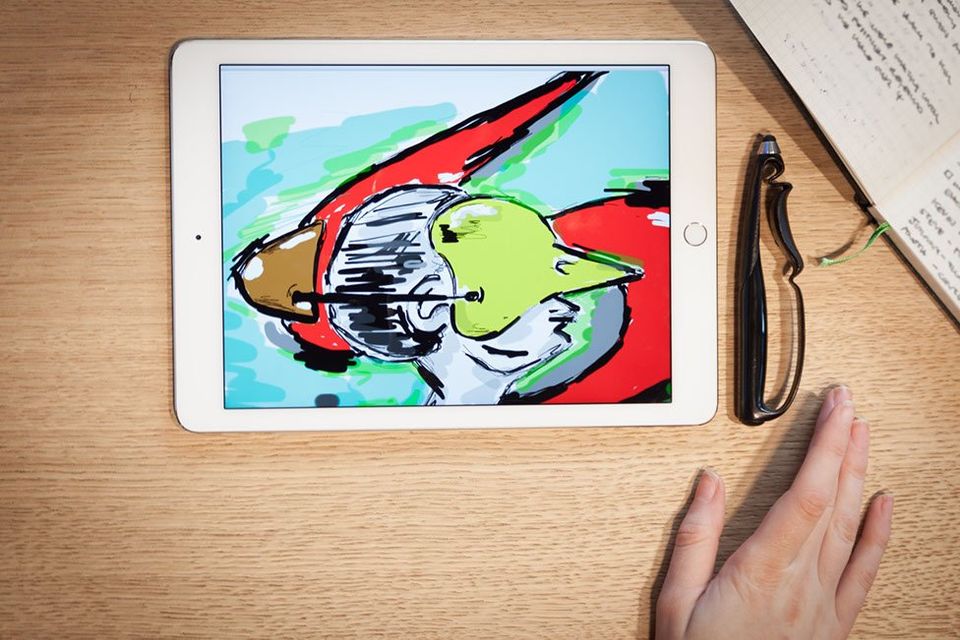
Solving a New Problem
When we stress and worry about things beyond our control, we consistently feel like we are failing to solve a problem. With drawing, you have a singular picture in mind that you are working to create. As that picture comes together, you feel accomplishment. This sense of worth and productivity can help soothe the potential feeling that you are not accomplishing the things you desire.
Not only that, but much of drawing is about perspective. How can you look at the subject to achieve the desired look? How can you shade it to achieve the desired tone? What colour schemes should you use to achieve the desired mood? These problem solving challenges can transfer to other areas of your life. “Translating a problem into visual form or creating a visual analogue is a powerful way to reframe it and to see it in a new light. Creating an analogue can also help us visualize solutions.”
Work at Playing
We learn to draw from when we are very young. Most of kindergarten is spent drawing and colouring after all. Our culture associates drawing with a youthful time of expressing oneself through art. Kids use drawing to understand their world, to learn about shapes and colours and to filter everyday stimuli into images they can understand, not to mention working on fine motor skills.
By reconnecting with this youthful activity, you may be able to reconnect with your inner child. You relax your mind and let your imagination run wild while drawing, which can help relieve stress in ways you never thought possible.
Articles
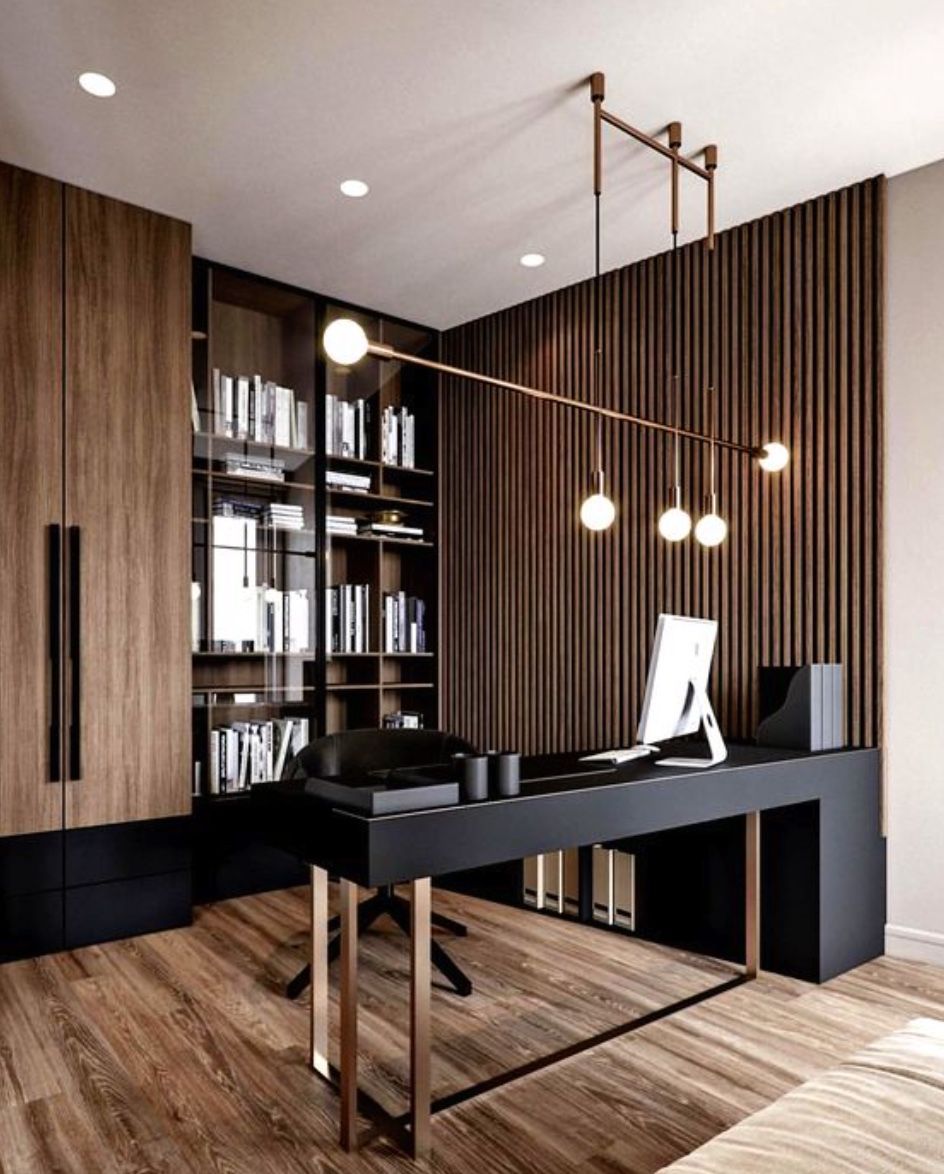
In the period since COVID forced many of us back home and out of the office, remote work has become the new norm for many. The flexibility of working from home, especially for those with small children, is very compelling, but making a productive workspace is more than setting up a desk in the spare room. More people are seeking to create functional and comfortable workspaces in their homes, however, it can be difficult to strike the right balance between a professional office space and a cosy home environment. Here are some tips for designing a home workspace that meets both of these needs: Dedicate a specific area for work Designating a specific area for work is essential for separating work from leisure time. This could be a separate room or just a corner of a room. It is important to make sure that the workspace is free from distractions and clutter, as this will help you stay focused and productive. Choose the right furniture Ergonomic furniture is key to a comfortable and productive workspace. Invest in a comfortable chair, a desk that is the right height, and a good-quality mouse and keyboard. If you are prone to back pain, consider a standing desk. Add personal touches Just because your workspace should be functional, doesn’t mean it can’t be personal. Add photos, plants, and other personal items to make the space feel like your own. This will help create a sense of comfort and make you feel at home in your workspace. Good lighting Good lighting is essential for a comfortable workspace. If possible, place your desk near a window for natural light. If not, invest in a high-quality desk lamp to provide bright, even light. Keep it organised An organised workspace will help you stay productive and focused. Use desk organisers, filing cabinets, and other tools to keep your work area free from clutter. A clean and organised workspace will also help you start each day with a clear mind. Consider your work style Think about the type of work you do and how you like to work. If you prefer a minimalist workspace, opt for a simple desk and a few basic supplies. If you need space for multiple screens and other technology, make sure you have enough room to work comfortably. Take breaks It’s important to take breaks throughout the day to avoid burnout. Step away from your desk, go for a walk, or do some stretching exercises to clear your mind and recharge.

